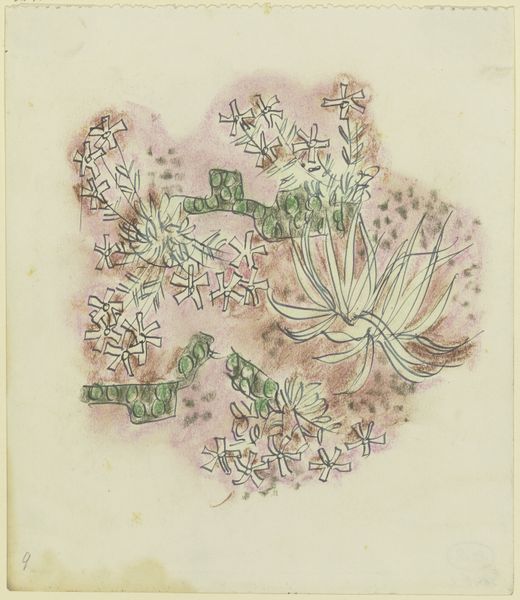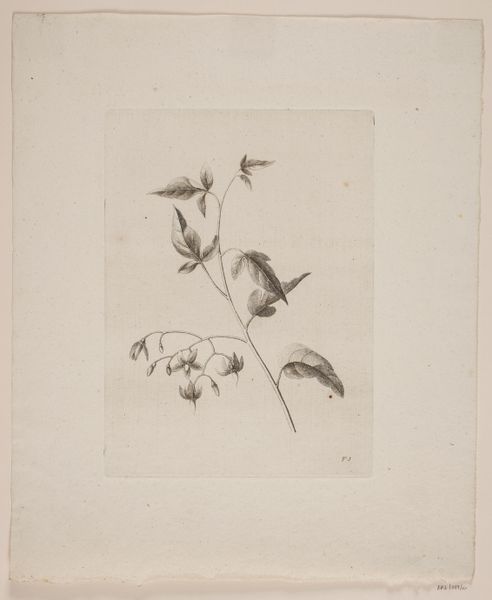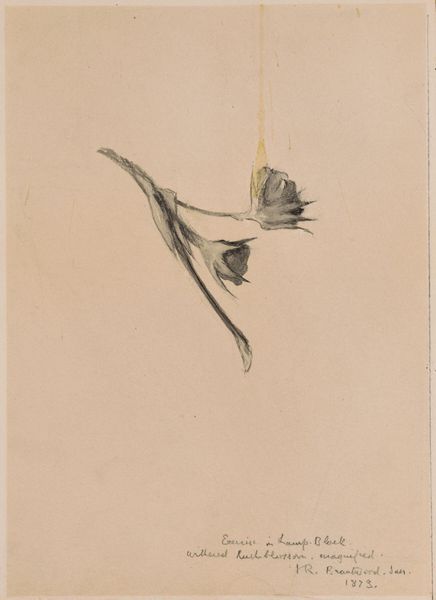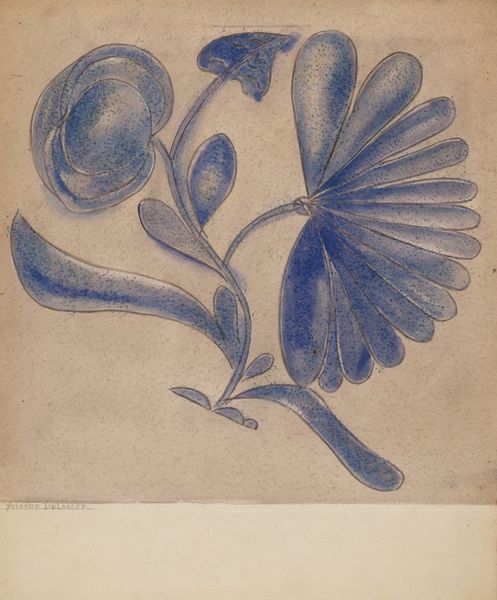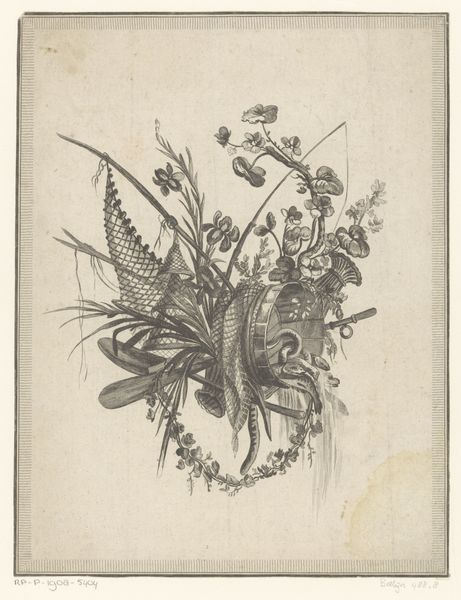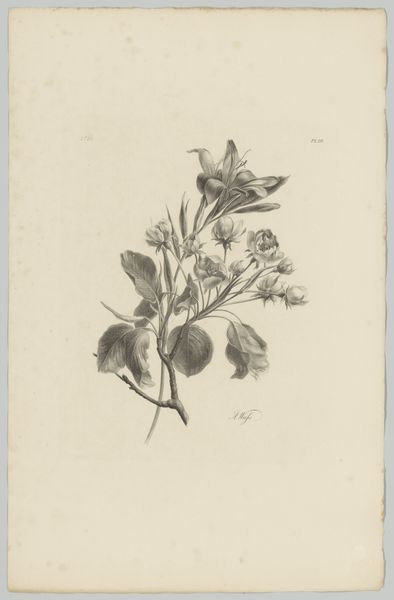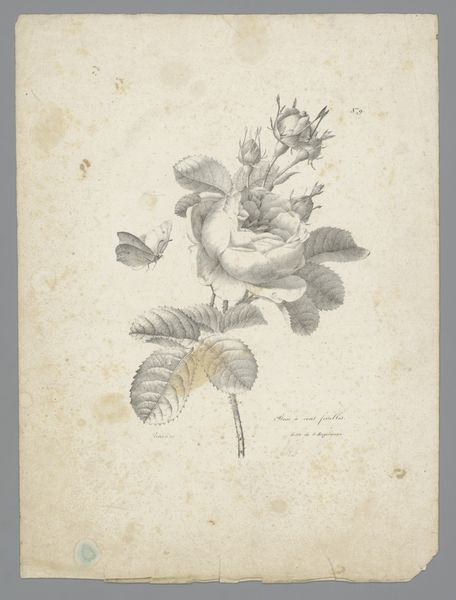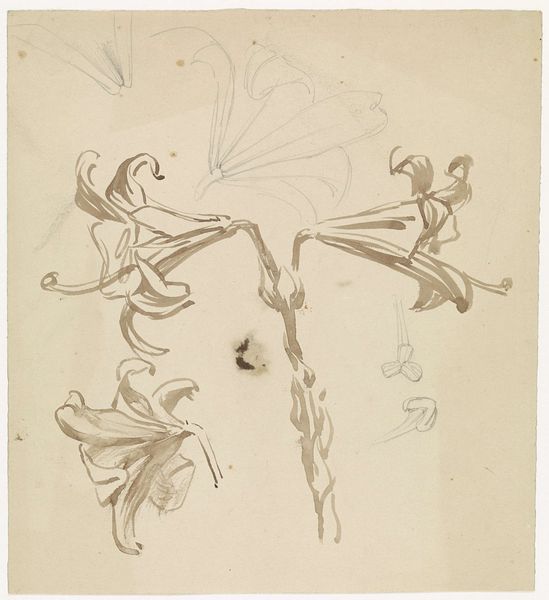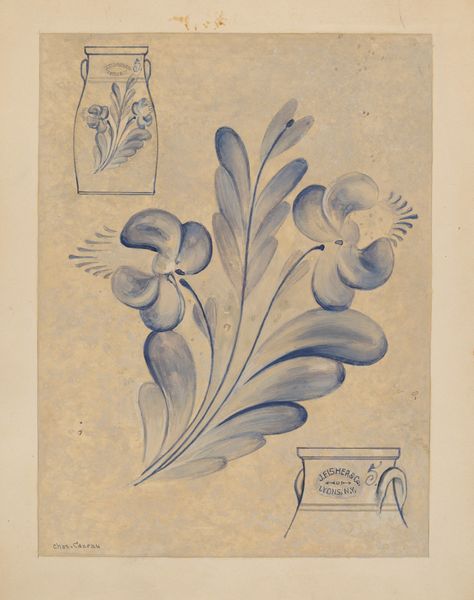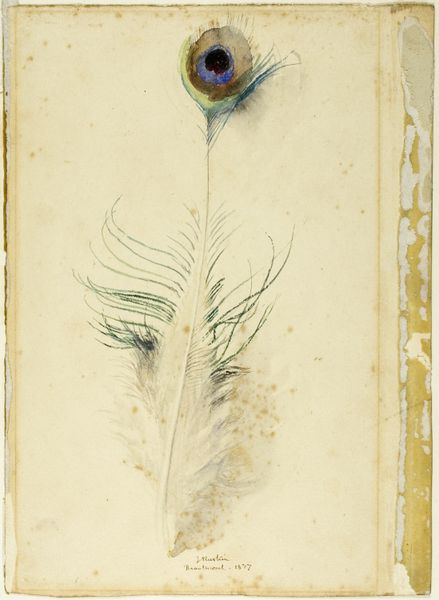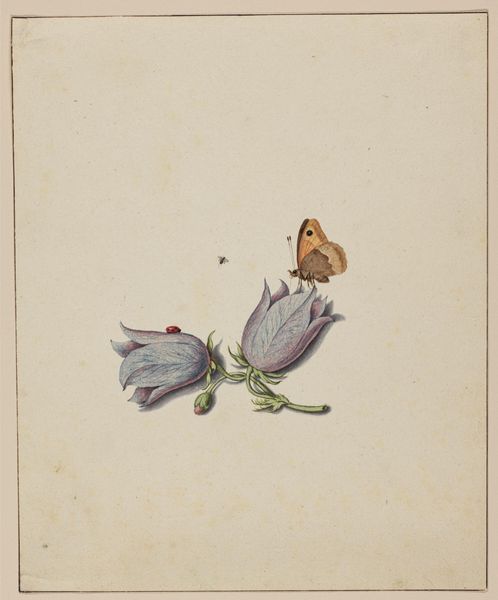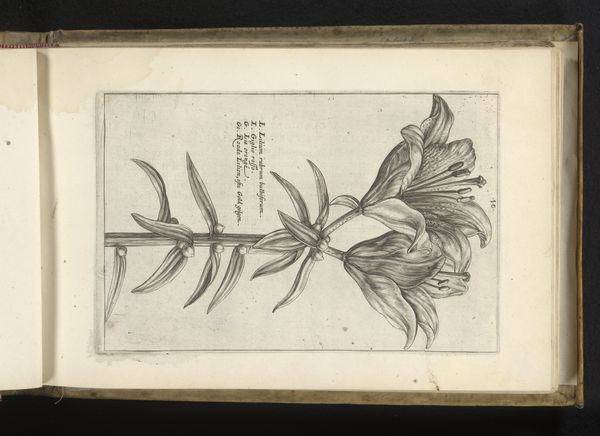
drawing, watercolor
#
drawing
#
watercolor
#
pencil drawing
#
geometric
#
watercolour illustration
Dimensions: overall: 30.5 x 22.8 cm (12 x 9 in.)
Copyright: National Gallery of Art: CC0 1.0
Editor: We are looking at Nicholas Amantea's "Jar", a watercolor and drawing piece from circa 1939. I find the limited color palette of blues calming. The lines are gentle, giving the image a soothing quality. What do you see in this work from a historical point of view? Curator: I see a reflection of the socio-political context in which it was created. This piece, like many still lifes of its time, exists within the world of artistic responses to economic depression and burgeoning national identity. Think of the Works Progress Administration and its effect on cultural productions! Did art become something functional, beautiful, or propagandistic in the common domestic space? This is how I examine works from this era. How does this geometric form reflect how national narratives play out through our objects? Editor: It makes sense that economic hardships could inform even simple depictions of common jars. So you see more in the subject choice itself and not just in how it is depicted formally. How was art "consumed" differently during this period? Curator: Exactly. Mass production made art accessible beyond the elite. Suddenly, images, regardless of media, could be easily disseminated to communicate identity, status, and aspirational life. But this meant something quite different in the home of a poor or working-class family than in a gallery space. Consider how art became a tool for societal construction and, conversely, critique. Do you consider these artworks in isolation or relation to their potential contemporary interpretations? Editor: This definitely shifted my understanding from a purely aesthetic perspective to considering the impact and influence on everyday life! Thank you for helping me frame it within a broader historical context! Curator: My pleasure! Considering art's interaction with its public opens a vast window onto historical currents.
Comments
No comments
Be the first to comment and join the conversation on the ultimate creative platform.
